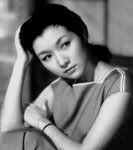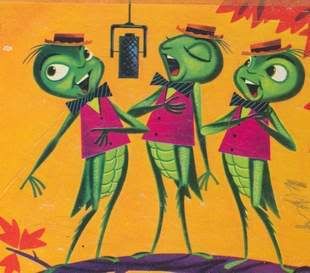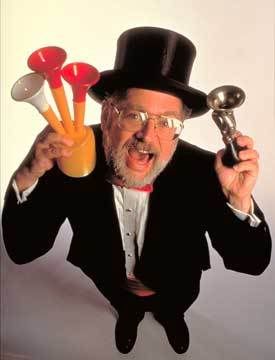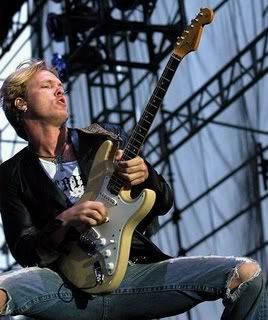
The song is called "Escanaba Beat." You probably never heard of it, much less heard it.
But, it's a standout track recorded by jazz great Edward "Sonny" Stitt in 1974. You may never have heard of him, either.
Just so you know, Stitt was a renown alto and tenor saxophonist, almost as influential as Charlie Parker. Recognized for his great improvisations, Stitt's prolific career included 10 albums in 1974 & 1975 alone, including one called "Tornado." It's there you'll find "Escanaba Beat," a slightly Latin flavored number, featuring some funky keyboards, clocking in at just under five minutes.
The track was actually written by electric keyboardist Eddie Russ, hailing from Pittsburgh, whose band The Mixed Bag, also appeared on the disc.
Gladstone resident Jim Rockwell, a top jazz deejay in Detroit for decades, remembers Stitt as an influential performer in numerous bands which played in the metropolitan area during the1950s and 60s. "He played with everybody," Rockwell recounted.
Rockwell should know. During his career all the jazz greats who came to Detroit while on tour stopped by Rockwell's radio program which broadcast from the top floor of the Sheridan Cadillac Hotel.
"First they came by as guests, then friends. We'd just talk and I'd play the songs they wanted to hear," Rockwell remembered. Among the jazz stars appearing on Rockwell's all-night radio program were Miram Makeba, Maynard Ferguson, Nina Simone, Wes Montgomery, Ramsey Lewis, Bill Evans, Al Hirt, Johnny Hodges, Dizzy Gillespie and Duke Ellington, perhaps the 20th century's greatest musician-- in any genre.
In fact, Rockwell recalled Ellington, by himself, paying a visit to his penthouse studio to appear on the area's top-rated jazz program.
Rockwell retired from Detroit radio in 1968, and was surprised to learn of Stitt's recording of "Escanaba Beat," which came out six years later.
The song appeared on a long play record on the Jazz Masters label, based in Grand Rapids, and has not been reissued on compact disc.
So, it's not surprising you probably haven't heard it. With no compact disc version available, you'll have to hunt down an LP and pay about $25 to hear the tune named after our fair city.
Designed by Travis Erby, the LP's purple and blue cover features the artist's conception of a city skyline with a twister approaching.
The sessions were produced and directed by Bob Crawford, who also had an interest in the Jazz Masters label, still located at 1232 Drexel Court in Grand Rapids. The album was recorded at a local facility, Cinema Sound, while re-recording was done at DXM Studios in Farmington.
Besides "Escanaba Beat," the long player included the title song, also written by Russ; the Carpenters' "We've Only Just Begun;" "Natural High," "By My Side," and a groovin' rendition of "Spinning Wheel," a 1969 smash for Blood, Sweat and Tears just begging for a jazz treatment.
While it's apparent the aim of the recording was to expose younger jazz listeners to Stitt's sounds with contemporary pop tunes, there is some mystery involved, too.
How did "Escanaba Beat" come to be named? Producer Crawford told me: "Russ named the song because he once worked in Escanaba and was really fascinated by the city."
Did Stitt ever visit or perform here? Stitt was a musical road warrior for over three decades. Plus, he lived in Saginaw, merely 300 miles from here. Crawford, however, said to his knowledge Stitt never came to Escanaba.
Did they play "Escanaba Beat" in concert or was it strictly a studio creation? According to Crawford, the pair played the tune in concert many times.
Since Stitt died of a heart attack in 1982 and Russ passed away in 1996, further questions about the song might be difficult to answer.
Still, jazz fans, including former Detroit deejay Jim Rockwell, hold Stitt in high regard. So, why would only a handful of his more than 100 albums be available on compact disc?
As we ponder those questions, the "Escanaba Beat" goes on.





